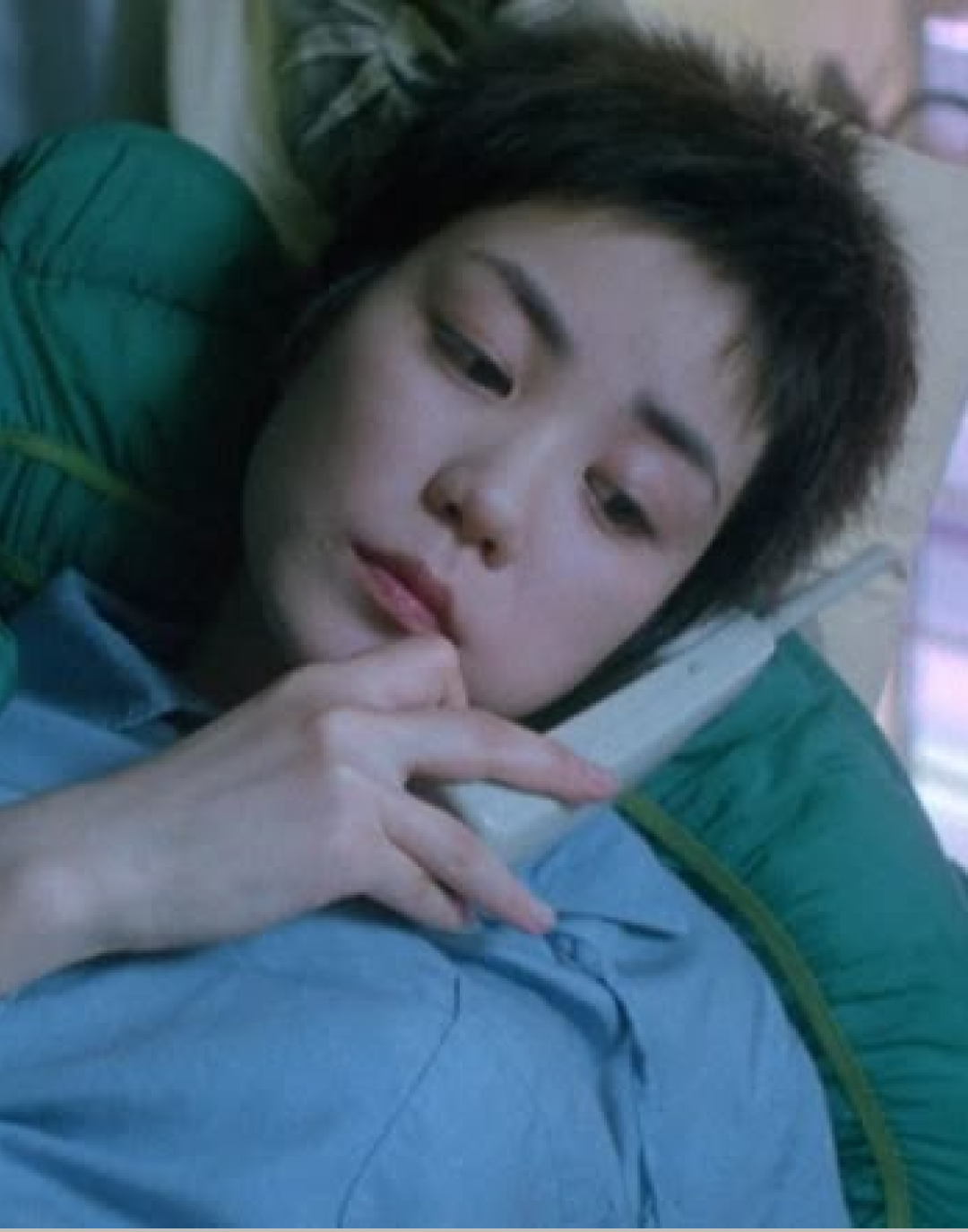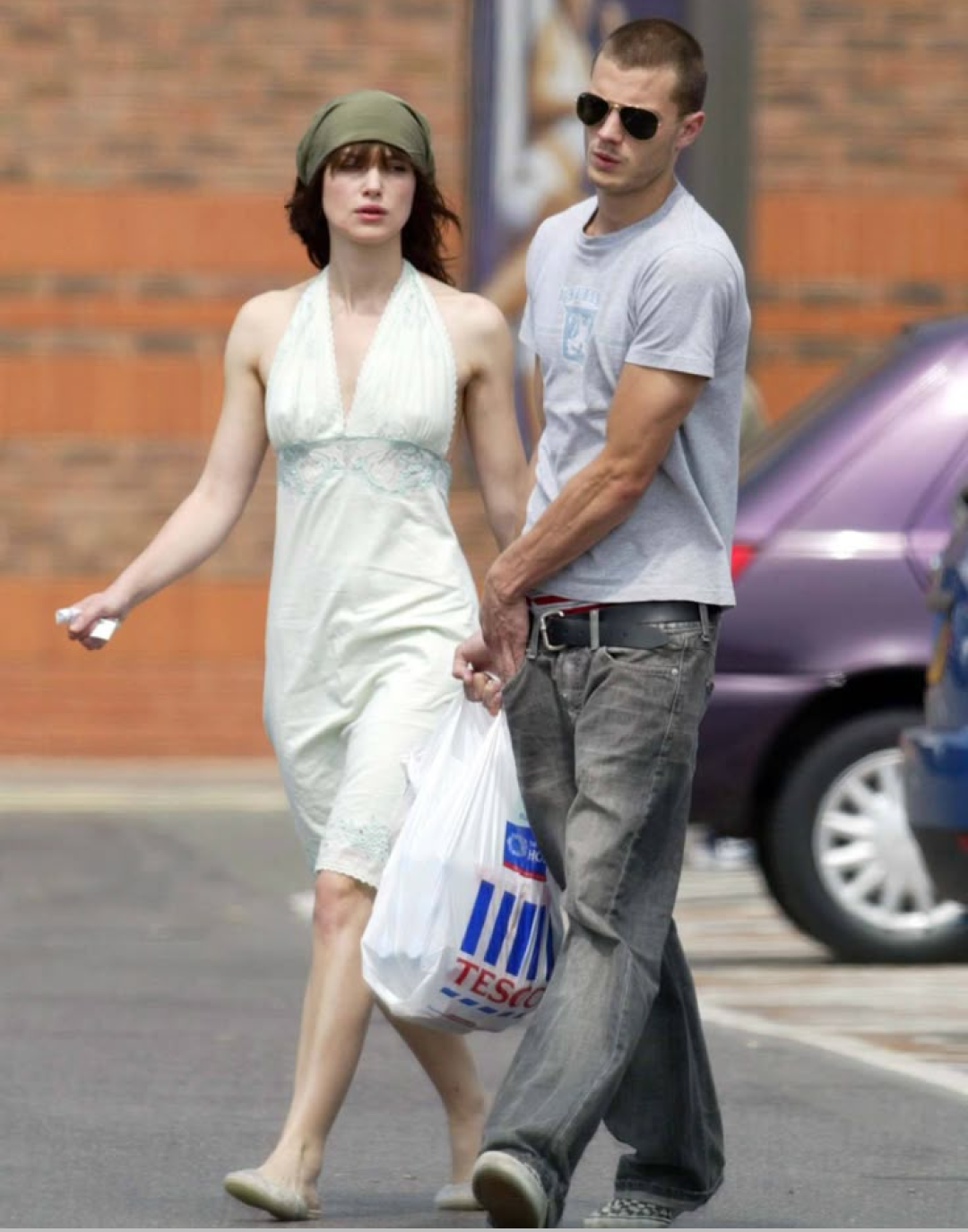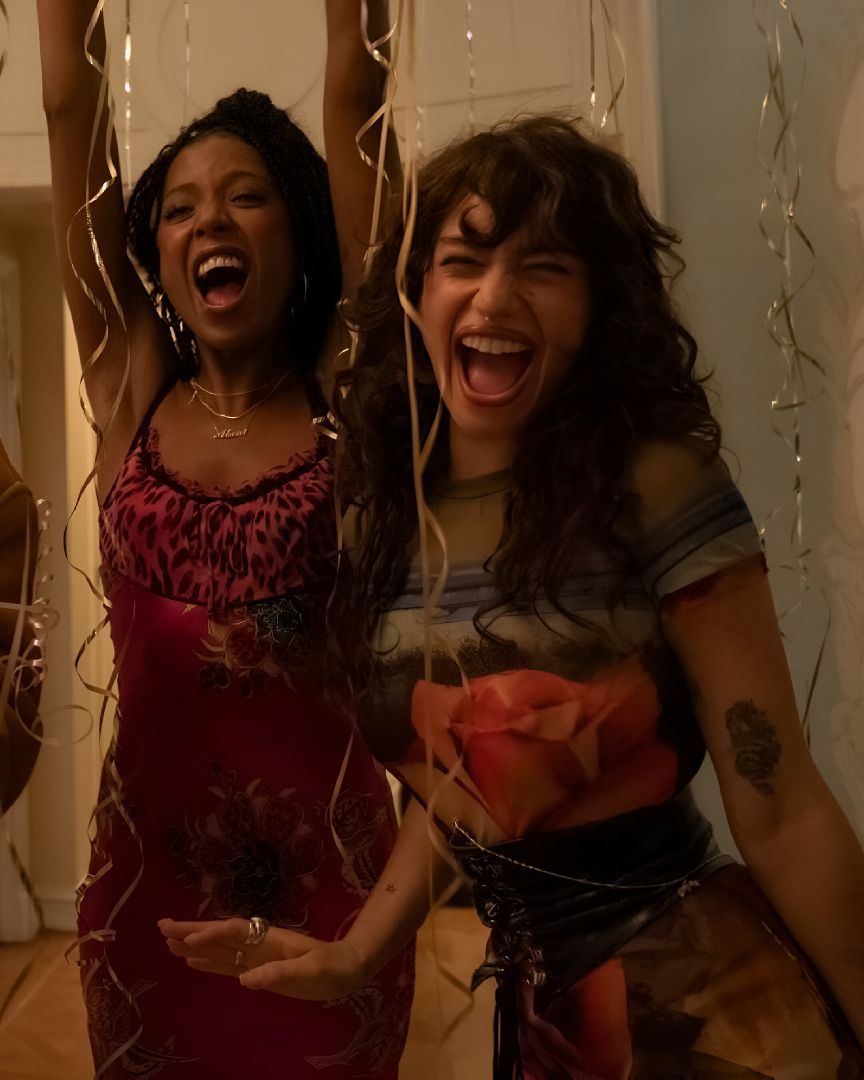
Halloween costumes, the latest fashionista craze Boosted by social media
In 20th-century American society, Halloween costumes had a more serious and terrifying appearance, rooted in the celebration's pagan and Christian origins and linked to the concept of death. However, around two thousand years ago, the Celts already had the custom of dressing up on October 31 for Samhain, a pagan festival considered the precursor to Halloween, marking the end of summer and the start of the “darkest” period of the year in the British Isles. According to beliefs, during this celebration, the divine world became visible to humans, leading to supernatural manifestations. For this reason, animal skins and heads were the preferred costumes for many participants, who thought they could use this disguise to fool wandering spirits.
It’s certainly not to escape spirits that some people will arrive this year at the October 31st party dressed as Chapell Roan from the Grammy Awards ceremony or Chani from *Dune 2*, played by Zendaya. Indeed, pop culture has become a vast source of inspiration for Halloween, and costume references abound. Charli XCX, Emily in Paris, or Linda Evangelista for Chanel’s SS91? Choose your fighter. According to the latest Google “Frightgeist” ranking, which reveals 25 trending costume ideas as Halloween approaches, this year many will dress as Shrunken Head Bob from *Beetlejuice*, Sabrina Carpenter, or Raygun—the Australian breakdancer who went viral on social media for her unremarkable technique during the last Olympics.
@hollymaylandd tag your brunette/blonde duo partner Sabrina Carpenter and Jenna Ortega halloween costume idea
In this context, the fashion sphere seems to have claimed its place. Just ask the niche of fashion enthusiasts who pay homage to iconic looks from the collections of major designers in history, as well as a broader circle of people who, though less initiated, eagerly adopt fashion statements from celebrities and fictional characters for their costumes. Naturally, social media, especially X and TikTok, have allowed the fashion niche to come together in this game, sharing their references with a wide community. On TikTok, videos of people dressed as The Dare—in the classic black suit and tie—as well as Bella Baxter in colorful Courrèges-esque silhouettes, or as Emily in Paris with a black-and-white striped jumpsuit and a removable bubble skirt, are hits.
@charlottelooks outfits i would wear as bella baxter #bellabaxter #poorthings #halloweencostume original sound - Searchlight Pictures
However, in some cases, the more niche the reference, the cooler the costume is perceived to be. A fashion aficionado on X (formerly Twitter) claimed he would dress as Lee Alexander McQueen supporting model Kate Moss—then embroiled in a media scandal over her excesses—wearing a T-shirt reading “We love you, Kate” during the SS06 collection presentation for his brand. Another user decided to honor the British designer by recreating, with recycled materials, the famous “sprayed” outfit from the SS99 collection. In 2023, influencer Alissa Violet recreated the look of Kate Moss from the SS94 Café Society collection by Vivienne Westwood, complete with an ice cream in hand. Some pointed out the potentially ridiculous nature of this trend. “I hate when fashion bros celebrate Halloween, because what does it mean to dress as 'look 40' from Raf Simons FW01 show?” joked a TikTok user.
@helenachrista Alexander Mcqueen SS 99 #alexandermcqueen #halloweencostume enjoy the silence by depeche mode - elina
So, should one embrace a love of fashion even on Halloween? Or is this game merely an exercise in style meant to showcase superior knowledge and references within a niche? Certainly, the grotesque dimension of costumes seems somewhat incompatible with the idea that dressing is distinct from costuming and that outfits are not costumes but a tool for expression, as evidenced by the recent incident involving Rick Owens and his entourage, expelled from the Forbidden City in Beijing for refusing to change an outfit deemed inappropriate for the location. But without diving into complex sociological considerations, dressing up can also be a way to have fun and actively participate in the game of fashion. Several studies show that dressing up helps one accept oneself and develop empathy. Moreover, fashion has been the first to multiply references to the afterlife and horror elements on and off the runway. Streetwear, too, seems to have taken a dark turn, as evidenced by the massive presence of Frankensteinian silhouettes, vampiric leather looks, black lips, and bloody teeth. So fear not: it may be the moment to take out scissors, an iron, and a sewing machine to finally assemble that John Galliano Gazette dress sitting in your Vestiaire Collective cart. After all, as Lee Alexander McQueen said, “clothes are just clothes.”














































